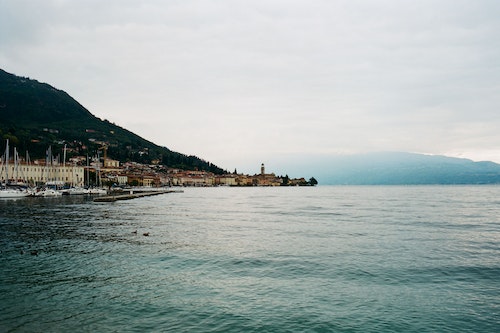
Importance of Marine and Coastal Areas
Marine and coastal areas are vital components of Earth’s environment and are important for human health and well-being, including our food, water, and energy supply. The marine environment contains a wide variety of interdependent and interconnected ecosystems, habitats, and species. It is also home to billions of people in low-lying coastal areas and island countries and it is affected by humans’ inputs and actions on land. From the coastal and marine environment, humans fundamentally benefit from economic, social, and cultural services, including fishing, tourism, shipping, recreation, and biodiversity.
Economic and Social Importance of the Marine Environment
The marine environment is an important economic resource for coastal nations. Fisheries, aquaculture, and recreation and tourism are just some of the livelihoods and activities that rely on the ocean’s resources. The ocean provides jobs directly and indirectly in related industries, such as fish processing, shipbuilding, and ecotourism, and creates economic growth in coastal communities. Though it faces threats from activities such as overfishing, habitat destruction and climate change, the ocean can be a significant economic asset.
In addition to economic benefits, people also benefit from the social services the marine environment provides. Spaces for recreational activities, such as swimming, diving, and surfing, provide places for physical activity and mental rejuvenation. The ocean also supports many communities’ cultures, heritage, and values and provides spiritual and religious sites.
Environmental Benefits of Marine Areas
Taking care of the marine environment is important not only to support human activities and lifestyle but also to maintain ecological balance. The capabilities of marine and coastal ecosystems to provide valuable services to humans depend on healthy, well-functioning systems nearing their carrying capacity. Preserving, enhancing, and restoring the marine environment is essential to preserve the functions that are essential to many coastal communities’ well-being.
The ocean provides more than food and economic benefits, it also helps protect coasts by buffering the effects of coastal storms, providing habitat for certain species, and regulating the Earth’s climate. The ocean absorbs about a third of the carbon dioxide (CO2) released by human activities, moderating the climate and preventing further global warming. Additionally, the ocean is a storehouse of biodiversity, containing genetically valuable species whose evolution could aid in finding new medicines.
Threats to Marine and Coastal Areas
Despite the benefits of the ocean to humans, many of our actions are rapidly eroding the health of the marine environment. Ocean dumping, plastic pollution, agricultural runoff, coastal development, the destruction of mangrove forests, coral bleaching, and overfishing are just a few of the activities that pose risks to the ocean’s health.
Climate change is perhaps the most serious threat to marine and coastal areas. The ocean absorbs heat and also stores large amounts of heat. Higher temperatures lead to increased acidity and a decrease of oxygen in the water, both of which can harm the ecosystems and the animals living in them. The ocean also serves as the primary vehicle for global climate change. The increasing levels of CO2 and other greenhouse gases in the atmosphere cause the air to warm which causes the ocean to warm.
Conclusion
The ocean and marine environments are essential for human livelihoods, habitats, and nutrition and provide a myriad of economic and social benefits. Though it is an integral part of the global environment, human activities are damaging the health of these resources. Humans have a responsibility to protect and preserve the marine environment for future generations to come. Investing in environmental stewardship, better practices for fishing, shipping, energy production, and waste disposal, and coastal development plans are just a few steps to improve marine and coastal areas.


